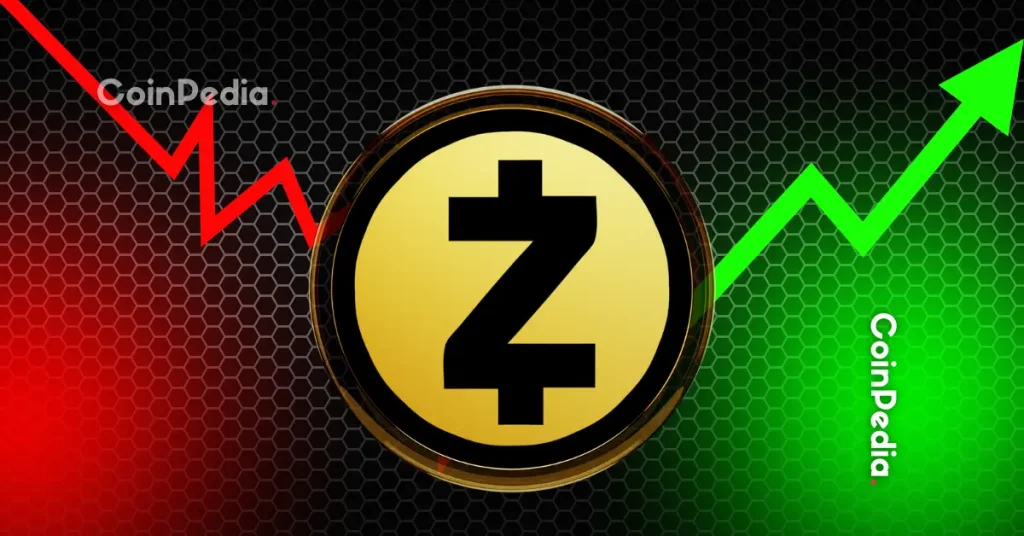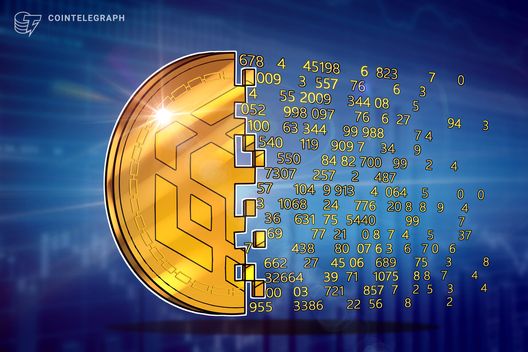Nvidia revealed on Friday the first Blackwell wafer produced in the U.S., manufactured at TSMC’s Phoenix semiconductor site. In a blog post, Nvidia explained that the initiative will reinforce the U.S. supply chain while onshoring the AI tech stack that converts data into intelligence, ensuring America stays ahead in the AI era.
The move comes as President Trump has pressed to strengthen American technology and industrial leadership. Nvidia CEO Jensen Huang called out the milestone, toasting the engineers who are leading the AI revolution and acknowledging power consumption at scale for next-gen AI infrastructure. He stressed that developing these AI supercomputers is one of the most difficult systems challenges people have ever attempted.
Nvidia stated this is just the beginning of the U.S. AI journey
On Friday, Huang was at TSMC’s Phoenix plant to present the latest development. He told the TSMC employees present, “You built something incredible, but you will realize in time that you are part of something historic. The single most important chip is now being produced in America.” Huang also lauded Trump’s plan to revive U.S. manufacturing, emphasizing that this is merely the start of the country’s AI production journey.
He added that they had laid the foundation for the U.S. to lead the AI race at the infrastructure level, explaining that the firm intends to invest around $500 billion in AI-focused infrastructure in the near future.
In its blog post, Nvidia insisted that they are collaborating with TSMC to construct the systems that will fuel AI factories worldwide, from within the U.S. In a joint statement, Nvidia and TSMC announced that the TSMC Arizona facility will create thousands of advanced manufacturing jobs and attract numerous suppliers.
Nvidia stated that TSMC’s Arizona site will enable the production of next-generation technologies, including 2-, 3-, and 4-nanometer chips and A16 processors, which are crucial for AI, telecom, and HPC applications.
Huang’s authority in the AI industry is unparalleled. Over the last decade, his dream of accelerating computing turned Nvidia from a niche designer of graphics chips for hardcore gamers into a trillion-dollar company at the heart of global artificial intelligence work.
Nvidia’s chips are at the core of most large artificial intelligence projects, from research labs to corporate data centers. His consistent claim has been that AI progress is not just a matter of software or algorithms, but of the massive, interdependent physical systems — semiconductors, data centers, energy, and logistical infrastructure — on which they rely.
Nvidia is planning to spend billions in investments in OpenAI and Intel
AI developers and semiconductor companies have entered into several large-scale deals to grow data center capacity. In a $40 billion deal, BlackRock, Nvidia, xAI, and Microsoft will also jointly acquire Aligned Data Centers from Macquarie Asset Management and its investment partners.
Additionally, OpenAI has entered a new partnership with Broadcom to produce its own AI chips, its latest move to expand computing power amid skyrocketing demand. AMD also announced a long-term partnership to deliver AI processors to OpenAI, which may also buy up to roughly 10% of the semiconductor giant. The chip giant Nvidia is preparing to invest up to $100 billion in OpenAI and supply it with data center hardware, deepening a relationship in which OpenAI is already a major customer.
Moreover, the cloud computing firm CoreWeave has struck a $14 billion agreement with Meta to supply it with processing power. Nvidia is set to buy $5 billion worth of Intel shares, giving it around 4% of the company after the new issuance.
Meanwhile, TSMC, the world’s leading manufacturer of advanced chips, boosted its full-year revenue guidance on Thursday after delivering record profits that far exceeded analyst forecasts, citing robust demand for AI.
The smartest crypto minds already read our newsletter. Want in? Join them.
















 English (US)
English (US)